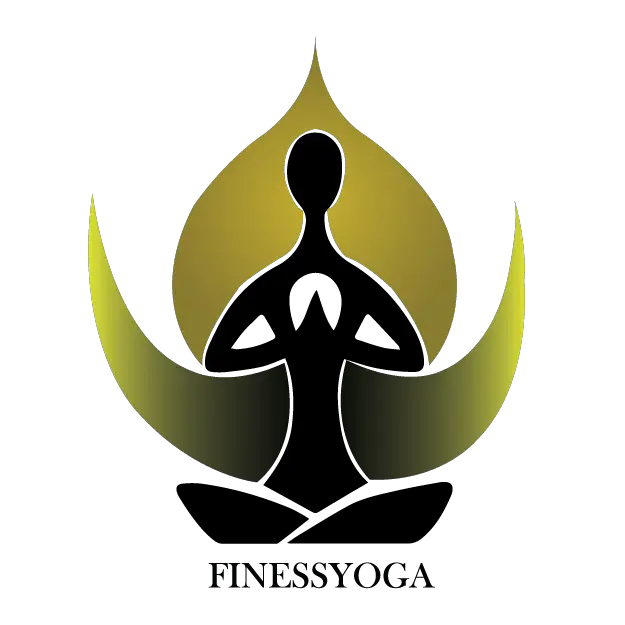Just as Tadasana (Mountain Pose) works as the starting position of several standing yoga poses. Similarly, Dandasana is the foundation for all the seated yoga postures. A perfectly challenging yoga asana for beginners to start with. Staff pose warms up the body and prepares you mentally and physically to start your yoga practice. Dandasana tests the strength of your spine. Practicing it for the first time will let you know how good are you at your base.
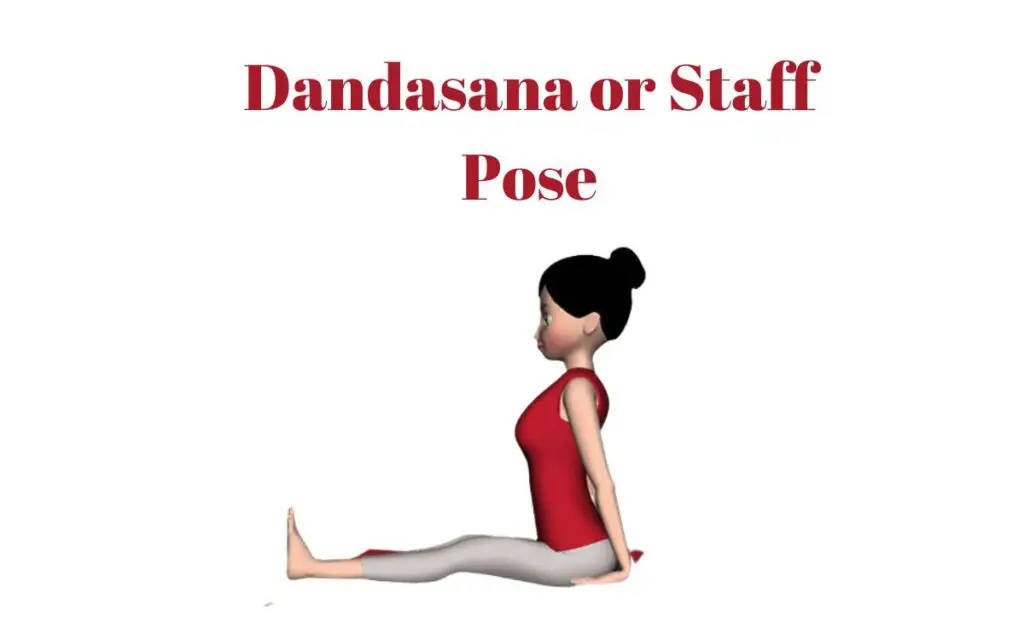
Dandasana is derived from two Sanskrit words. This is what each word means:
Dand = Stick or staff
Asana = Posture or comfortable seat
The spine is held straight in a vertical position as if a stick rooted in the earth. Let’s move to steps to practice Staff Pose.
Dandasana or Staff Pose Step
- Sit on your yoga mat with the legs outstretched in front of your body. Point your big toes upwards.
- Keep the spine and neck erect, legs together and feet gently touching each other.
- Place the palm on the floor by the side of your hips, point fingers towards the toes.
- Keep the arms straight to provide a firm and gentle support to the spine.
- Stretch your big toes towards yourself and firmly press your thighs and heels into the floor.
- Engage the muscles of your legs to root your legs down into the ground.
- Gently press your palms against the floor to elongate your back.
- Stretch the spine upwards right from the pelvis to the top of your head.
- Lift your chest up and slightly draw your shoulders back to broaden your collarbones.
- Maintain a straight gaze and take slow breaths.
- Hold Dandasana from 20 seconds to a minute depending on how long you feel comfortable.
Practice Tips:
- In staff pose, a lot of people find it very hard to keep the spine straight. To cope with it, place your palms slightly behind the buttocks. Transfer a very little of your body weight on the arms. This will support your back to sit straight.
- If you have stiff hamstrings and you experience tension in your hips while practicing the pose. Place a folded blanket below your buttocks to make the pose more comfortable.
- Be careful not to round your back. Practice against a wall if necessary to ensure your back is straight during the pose. As the muscles of your spine gain strength, discontinue the support of the wall.
- You may keep the elbows slightly bent if you can’t place your palms firmly on the ground.
Staff Pose Precautions
All us are accustomed to the lifestyles which may one day eventually lead to some health problems unless we follow a healthy diet and an exercise regime regularly. Now, bad standing and sitting postures make our back muscles weak resulting in stiffness and pain which if ignored could lead to severe conditions. So pay attention to your body and take a positive initiative towards a healthy living. That’s the biggest precaution we all can take.
Coming back to Staff Pose:
- Keep the knees slightly bent if you have knee pain.
- Avoid practicing staff pose if you have wrist or spine injury.
Staff Pose Benefits
- Strengthens the muscles of the spine and improves body posture.
- Stretches chest, shoulders, upper back and abdomen.
- Prevents any kind of back condition or disease.
- Develops a strong core and calms the mind.
- Beneficial for those suffering from sciatica and asthma.
Variations
1. Savasana
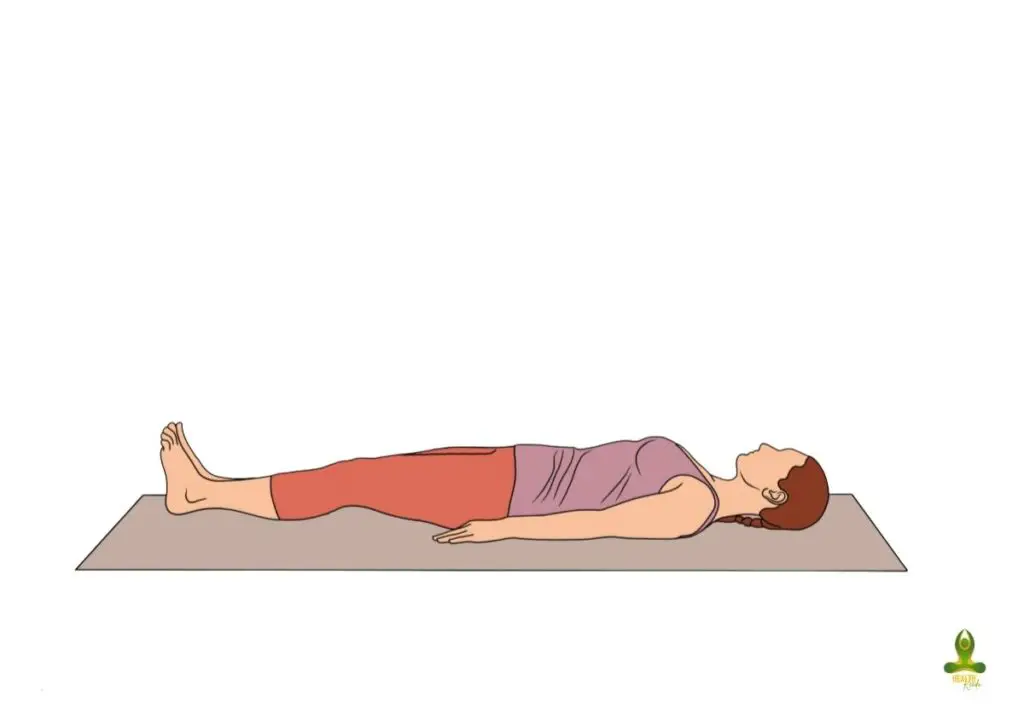
Savasana, also called corpse posture, is a yoga asana typically carried out at the end of the practice. In Savasana, you loosen up your consciousness and spirit by lying down to rest with your toes expanded as broad as the yoga mat. This exercise keeps a proper balance of mindfulness.
2. Bound Angle Pose
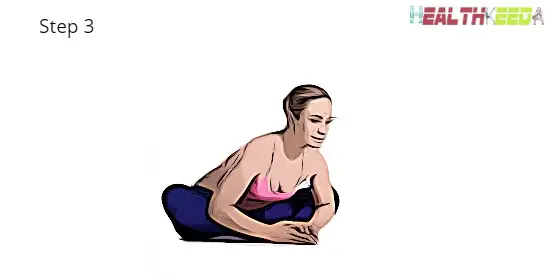
Bound Angle Pose, also identified as Baddha Konasana yoga, is a flexor and groin opener. It relieves tightness, decreases stress, and makes your moves more flexible and graceful. This is a great Stretching for improving leg, limb, foot, and hip adjustability.
3. Seated Butterfly Pose
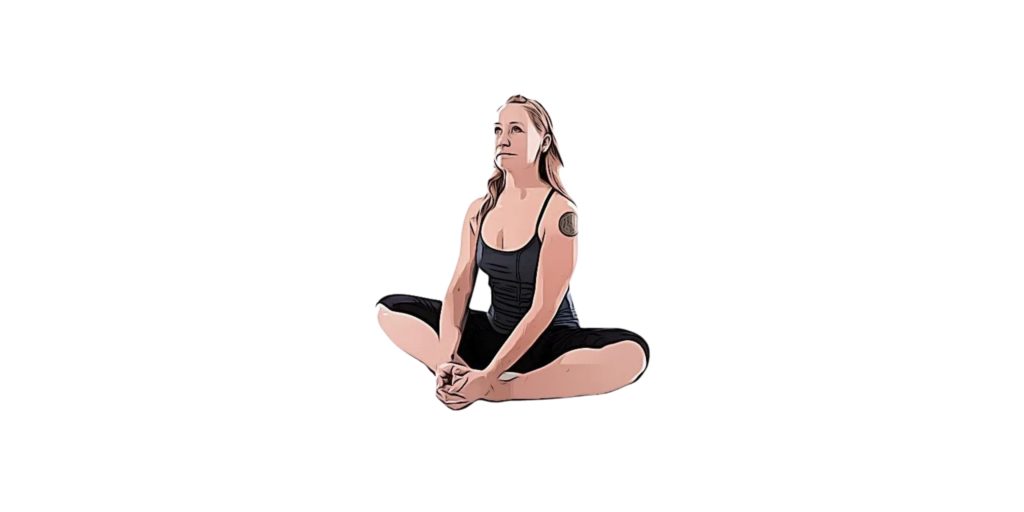
Seated Butterfly pose, an essential element of yoga, is useful for relaxing muscles after a tough exercise and has numerous other physical health benefits.
Contradictions
- People with backaches should do these exercises with a blanket under their legs.
- While undertaking this practice, your body must be relaxed.
- Try to practice it in a quiet place or with your eyes closed, as illumination can hinder you.
- People suffering from shoulder pain should place a mattress or added comfort under their necks for protection.
Stay healthy stay strong and get the best out of life.
Tell us what you think about this article using the comments section below. We welcome suggestions as well.
Recommended articles:
- Chakrasana (Wheel Pose): steps, cautions & benefits
- Matsyasana (Fish Pose) l Benefits of Matsyasana
- Vajrasana (Thunderbolt Pose) steps, precautions & benefits
Thanks for reading. Hope you visit again soon.
